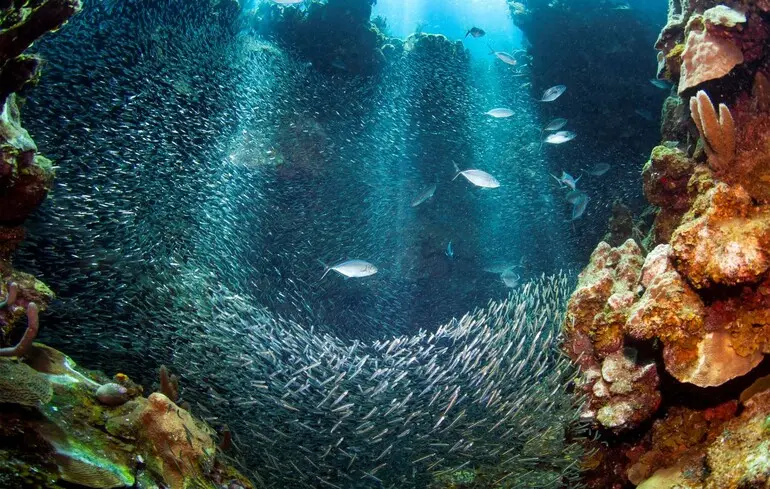Scientists Uncover the Mystery Behind the Deep Ocean’s Strange Sounds and Their Ecological Impact

For over half a century, researchers worldwide have been puzzled by mysterious sounds emanating from the depths of the Pacific Ocean.
Repeated investigations failed to reveal the source of these eerie noises until recent studies shed new light on their origin.
It turns out that the sonic anomalies are linked to the consequences of deep-sea mineral extraction conducted as far back as 1979 in the central Pacific region, specifically within the Clarion-Clipperton Zone.
During that time, extensive experiments were carried out to harvest polymetallic nodules — rare mineral-rich formations containing valuable metals such as nickel, manganese, copper, zinc, and cobalt.
These materials are vital components in manufacturing batteries for electric vehicles and other high-tech devices today.
After the cessation of these deep-sea mining activities, persistent strange noises were detected in the region, puzzling scientists for decades.
Researchers from the National Oceanographic Center and the Natural History Museum in London analyzed the acoustic signals and determined that the underwater machinery’s operations generated sound waves trapped within the oceanic layers, resulting in long-lasting echoes.
The study shows that these sounds have persisted for decades, effectively creating an acoustic imprint of the region’s disturbance.
Moreover, the environmental impact of the mining is undeniable: many marine species disappeared from the area, and only recently have scientists observed a gradual return of some mobile organisms, including xenophyophores — giant single-celled amoebae considered some of the largest single cells in nature.
However, full ecosystem restoration remains elusive—biological recovery could take thousands of years.
Experts warn that deep-sea polymetallic nodule extraction, essential for producing electric vehicle batteries and advancing a green economy, poses irreversible risks to ocean floor ecosystems.
Even decades after the initial extraction, signs of biodiversity recovery are minimal, emphasizing the fragility of these ecosystems.
Interestingly, the same region was previously discovered to host a phenomenon known as «dark oxygen» — an extraordinary process of oxygen production without photosynthesis, occurring in the darkest depths of the ocean, revealing the complex and diverse nature of marine life at extreme depths.

